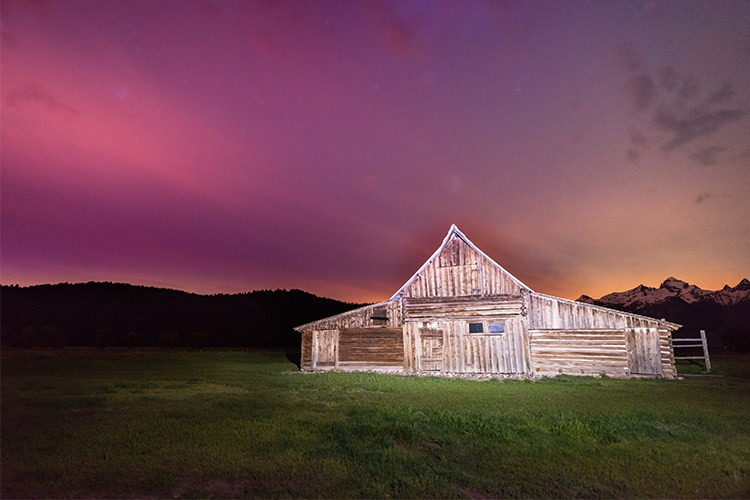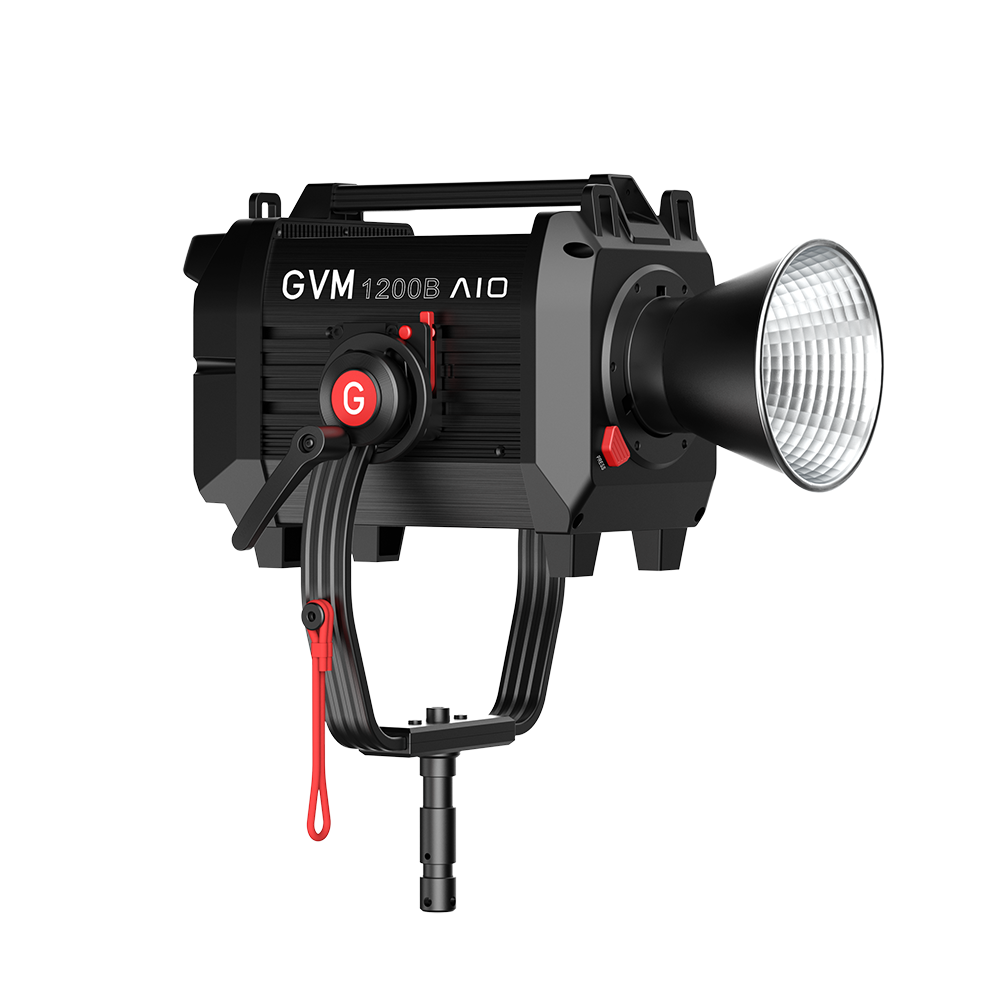A few things you need to know to be a good outdoor photographer
In the world we live in, nature is a huge creative treasure house from which countless painters, poets and photographers have drawn creative inspiration and created countless great works of art. However, photography seems to be different from other forms of art in that no matter how many times it has been taken, the photographer can always find and record something new in the same place. With a little patience, a unique perspective, and some good luck, outdoor photographers are more than capable of introducing us to a world of wonders at the click of a shutter, but there are a few things we need to learn to become better outdoor photographers before we can do that.
1、Look for the best light
While some people see light as light and nothing special, for a photographer, this is not true. At different times of the day, light tends to have completely different “personalities and characteristics”, and only those who understand and master the changes and characteristics of light can bring out the best in nature. In general, outdoor photographers like to group their environments into the following categories based on the light. These include soft light in the early morning, strong midday, cloudy and overcast, golden and blue. No matter what kind of light conditions, have its own unique charm. However, most photographers prefer the golden and blue moments, when the light is at its softest at sunset and images tend to have more vivid colors and contrasts. In addition, these two moments are also the most suitable time for silhouette shooting.
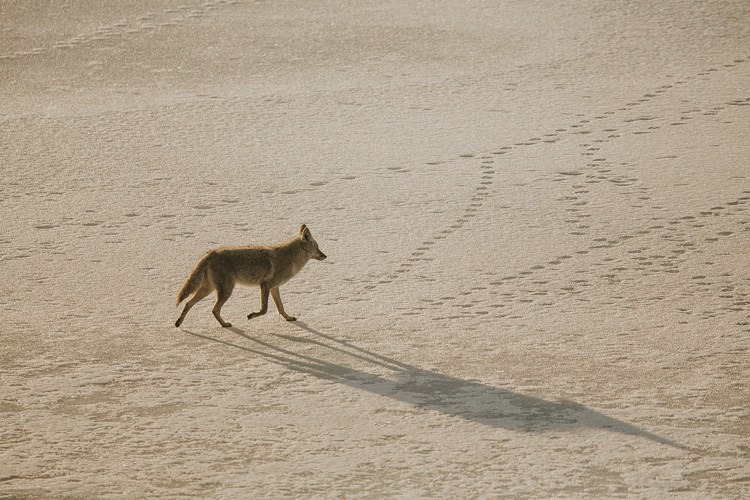
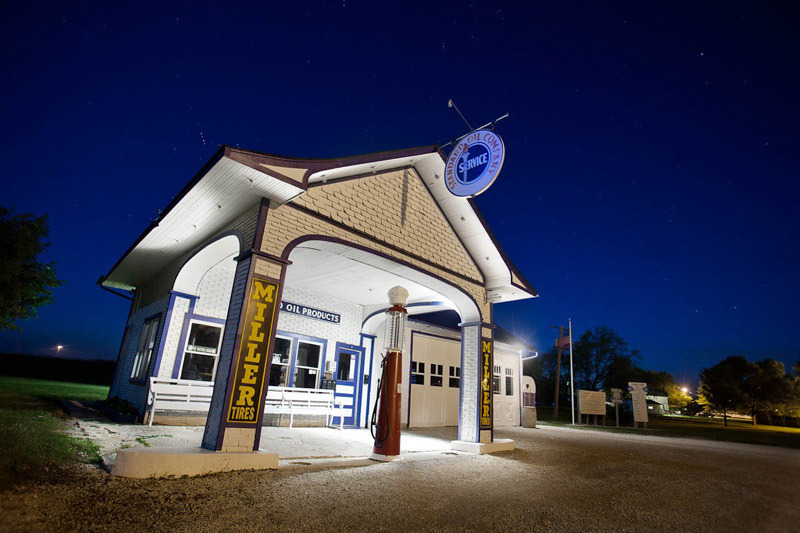
2、Enhance depth by increasing perspective
Don’t think that landscape photography can only present famous mountains and rivers in the picture. Timely adding objects such as people or vehicles as the foreground in the composition can not only bring stronger depth to the image, but also bring different vitality to the scenery that might otherwise be slightly boring. In addition, these elements also serve to guide the viewer to achieve and present contrast effects.
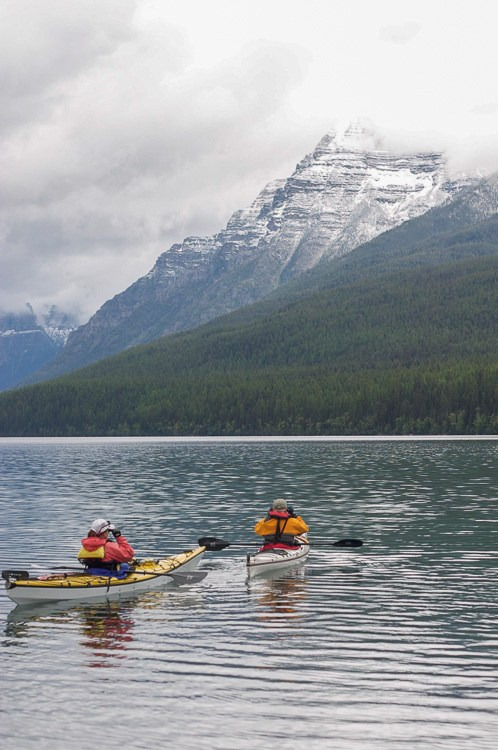
3、Flexible use of natural and artificial reflections
If you’re a shutterbugs new to outdoor photography, then you might overlook the importance of reflections in the process. Whether natural reflections, such as reflections in a lake, or reflections through man-made objects such as Windows or mirrors, can add luster to your landscape photography if properly applied. For example, some outdoor landscape photographers will even park their cars at specific locations and take pictures from their mirrors in order to introduce reflections into their images. As for reflections in the natural environment, if you are lucky enough to happen upon calm water, the symmetrical nature landscape can be visually striking.

4、Look at the world differently
It has to be said that human beings are creatures with such habits. We always like to find a comfort zone of our own, and once we find it, we are reluctant to seek new breakthroughs and challenges, so that finally we are bound and lose the original creativity. The same goes for photographers. We are conditioned to see the world one way. In order to rekindle the creative spark, as outdoor photographers we should not forget to experiment and change the perspective, and enhance the variety of our work, sometimes we even have to dirty clothes on the ground to shoot at a low Angle, or focus on the long view to blur the foreground. Once you learn to look for different ways of presenting yourself before you start shooting, you will find that you can always see more of the same scene than others.
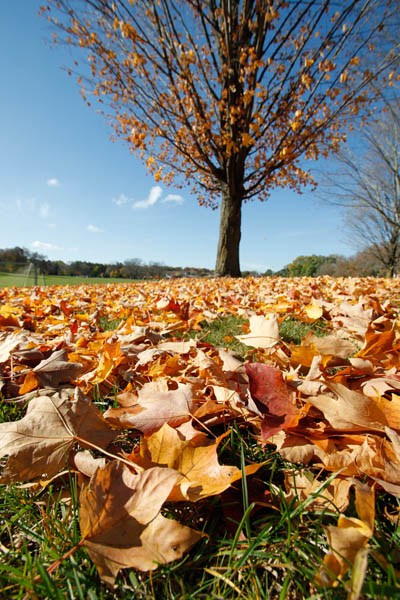

5、Don’t forget to look outside the camera bag
If you’re a typical travel photographer, you probably have a set of equipment that you use regularly in your camera bag and bring it with you every time you shoot. If that’s the case, try bringing a few different things with you next time you go out and see what you can use outside of your camera bag. For example, get a fisheye lens or ultra wide Angle lens, or try a long exposure with a tripod. One of the joys of being an outdoor photographer is changing equipment for more creative shots.

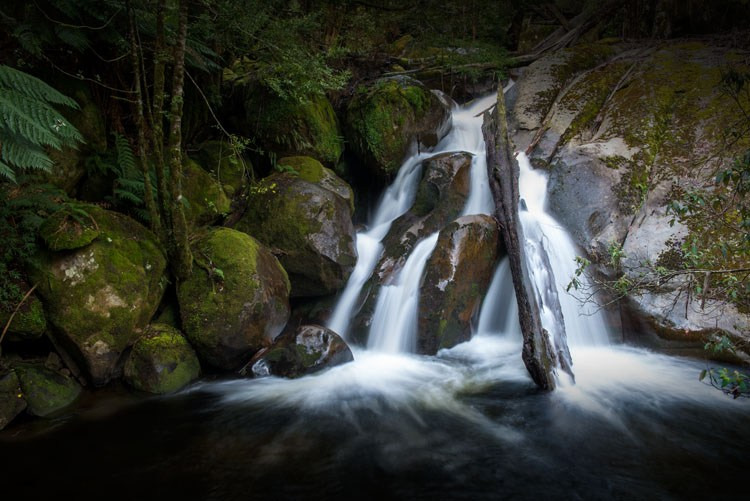
6、Artificial light is also a good choice
While natural lighting conditions are important for landscape photography, don’t let them get in the way of closing up shop as soon as it gets dark. If that’s not enough, get your flash or headlamp handy and use artificial light to fill in the natural light. Ideally, a close friend will be able to help you do the lighting. This will make the shoot even easier.
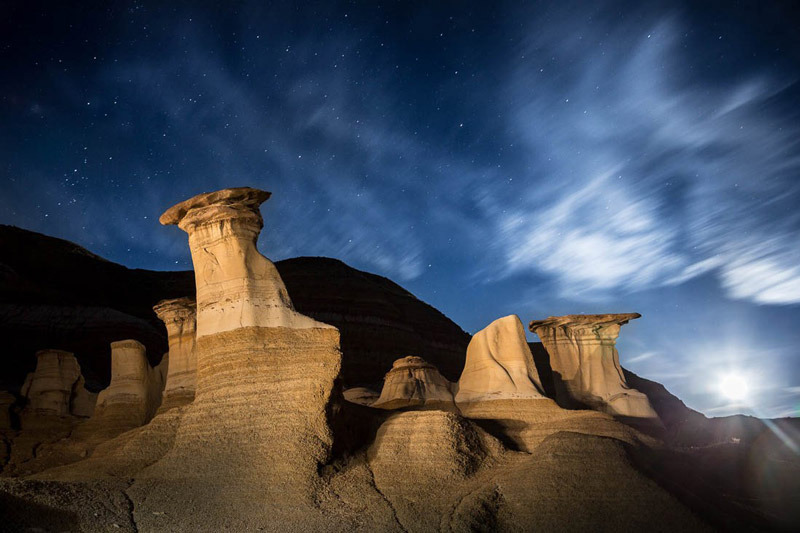
7、Take inspiration from the night sky
Even without the help of luminaries, the night sky after sunset can still provide us with a great deal of creative space. The Milky Way, the starry sky and even the aurora, the night sky is even more colorful than the day. Some photographers like to use wide aperture lenses and tripod and push up the ISO to capture the stars, while others prefer to lower the ISO and use as low shutter speeds as possible to capture the orbit’s glamour. Whatever the subject matter, the first thing to do is to get as far away from the city as possible in order to minimize light pollution. Besides, photographing the night sky is more demanding on the photographer’s own skills and equipment than it is during the day. Of course, if it’s really hard to avoid light pollution, it’s a good idea to shoot colorful skies between sunset and just before dark.
